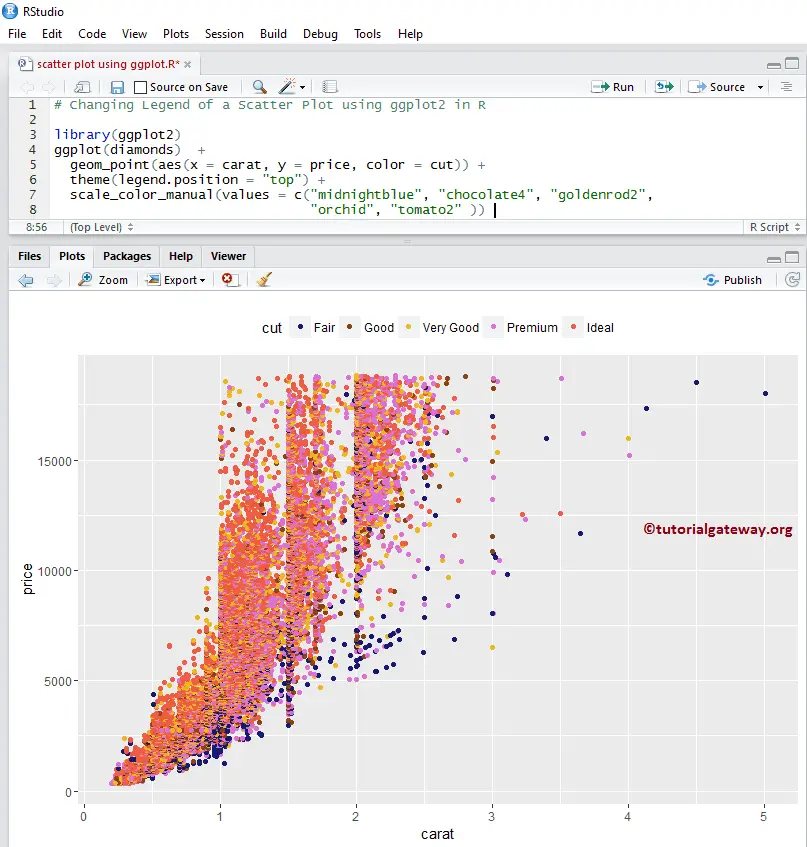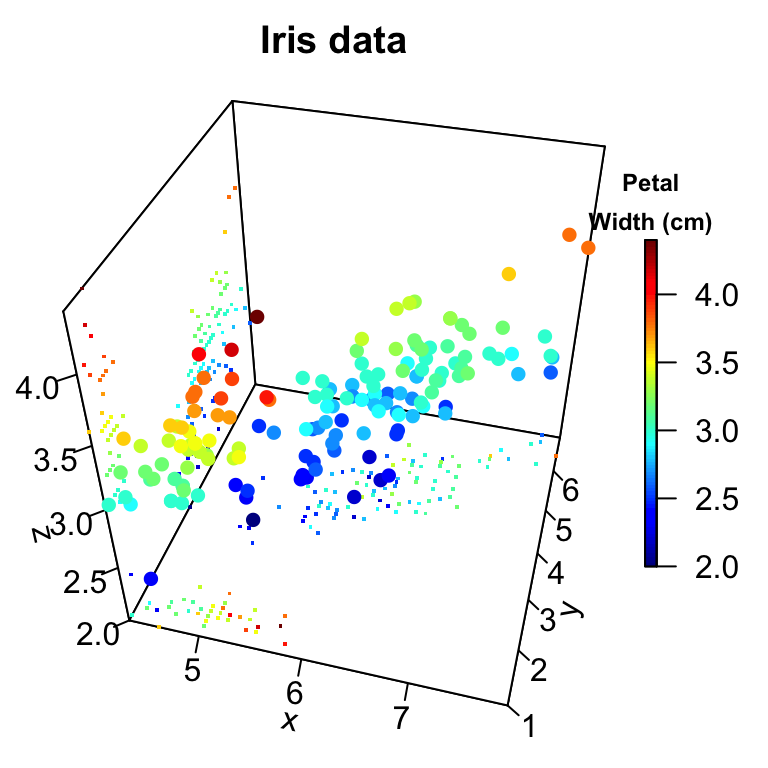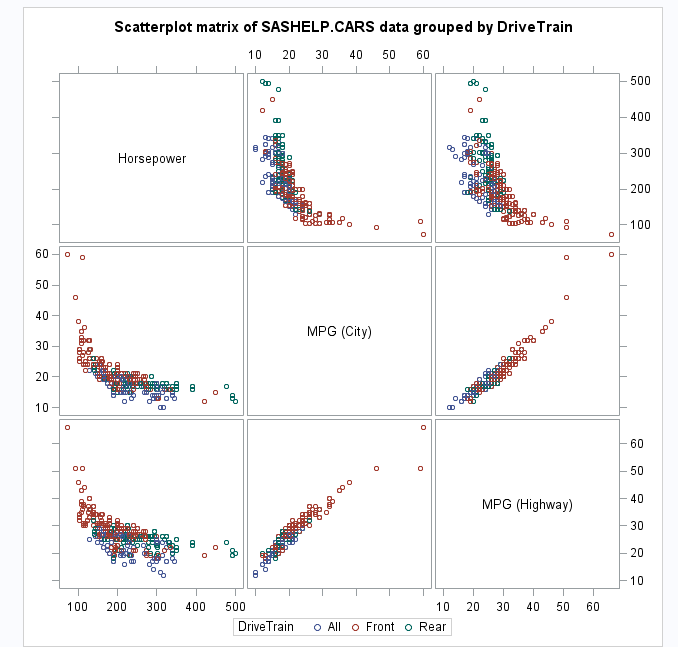
Scatterplot r studio how to#
How to Draw a Plot with a PNG as Background.How to Add or Change the R Plot's Legend.How to Create Two Different X- or Y-axes.How to Add and Change the Spacing of the Tick Marks of Your R Plot.How to Set the Axis Labels and Title of the R Plots.To practice creating plots in R, try this course on data visualization in R. This is why DataCamp decided to put all the frequently asked questions and their top rated answers together in a blog post. Nevertheless, not always do we get the results that we want for our R plots: Stack Overflow is flooded with our questions on plots, with many recurring questions. In addition, it allows you to go from producing basic graphs with little customization to plotting advanced graphs with full-blown customization in combination with interactive graphics. Of course, adding this kind of noise probably isn't appropriate for analyzing data, but we could, e.g., run a regression model on the original data then when we plot the results use the jitter inputs in order to more clearly convey the underlying descriptive relationship.R allows you to create different plot types, ranging from the basic graph types like density plots, dot plots, boxplots and scatter plots, to the more statistically complex types of graphs such as probability plots. We now clearly see that our data are evenly dense across the entire matrix. That's a similar level of improvement, but let's use jitter on both the outcome and predictor to get a much more cloud-like effect: plot(jitter(y2) ~ jitter(x2), pch = 15)Īdding even more noise will make an even fuller cloud: plot(jitter(y2, 2) ~ jitter(x2, 2), pch = 15) Let's try it just on the outcome: plot(jitter(y2) ~ x2, pch = 15) Here we start to see teh data a little more clearly. Let's start by applying jitter just to the x2 variable (as we did above): plot(y2 ~ jitter(x2), pch = 15) It is impossible to infer the density of the data anywhere in the plot.

Here the data simply look like a grid of points. Let's look at some data like this: x2 <- sample(1:10, 500, TRUE) If both our independent and dependent variables are discrete, the value of jitter is even greater. We can add even more random noise to see an even more “cloud”-like representation: plot(y ~ jitter(x, 2), pch = 15) We can use jitter to add a little random noise to the data in order to see the cloud more clearly: plot(y ~ jitter(x, 1), pch = 15)

Here's what a standard scatterplot of these data looks like: plot(y ~ x, pch = 15)īecause the independent variable is only observed at a few levels, it can be difficult to get a sense of the “cloud” of points.

Let's start with some example data (where the predictor variable is discrete and the outcome is continuous), look at the problems with plotting these kinds of data using R's defaults, and then look at the jitter function to draw a better scatterplot. In these situations, we might want to rely on a scatterplot, but we need to preprocess the data in order to clearly visualize it. Summarizing an continuous outcome (e.g., income) using a boxplot at every level of education can be pretty tedious and indeed is a difficult graph to read.

These kinds of variables might be nearly continuous and have approximately linear relationships with other variables. When one of the variables in discrete, boxplots, conditional density plots, and other visualization techniques often do a better job communicating relationships.īut sometimes we have discrete data that is almost continuous (e.g., years of formal education). But they are really only effective when both variables are continuous. They neatly show the form of the relationship between x and y. Scatterplots are one of the best ways to understand a bivariate relationship. Scatterplot Jittering Scatterplot Jittering


 0 kommentar(er)
0 kommentar(er)
